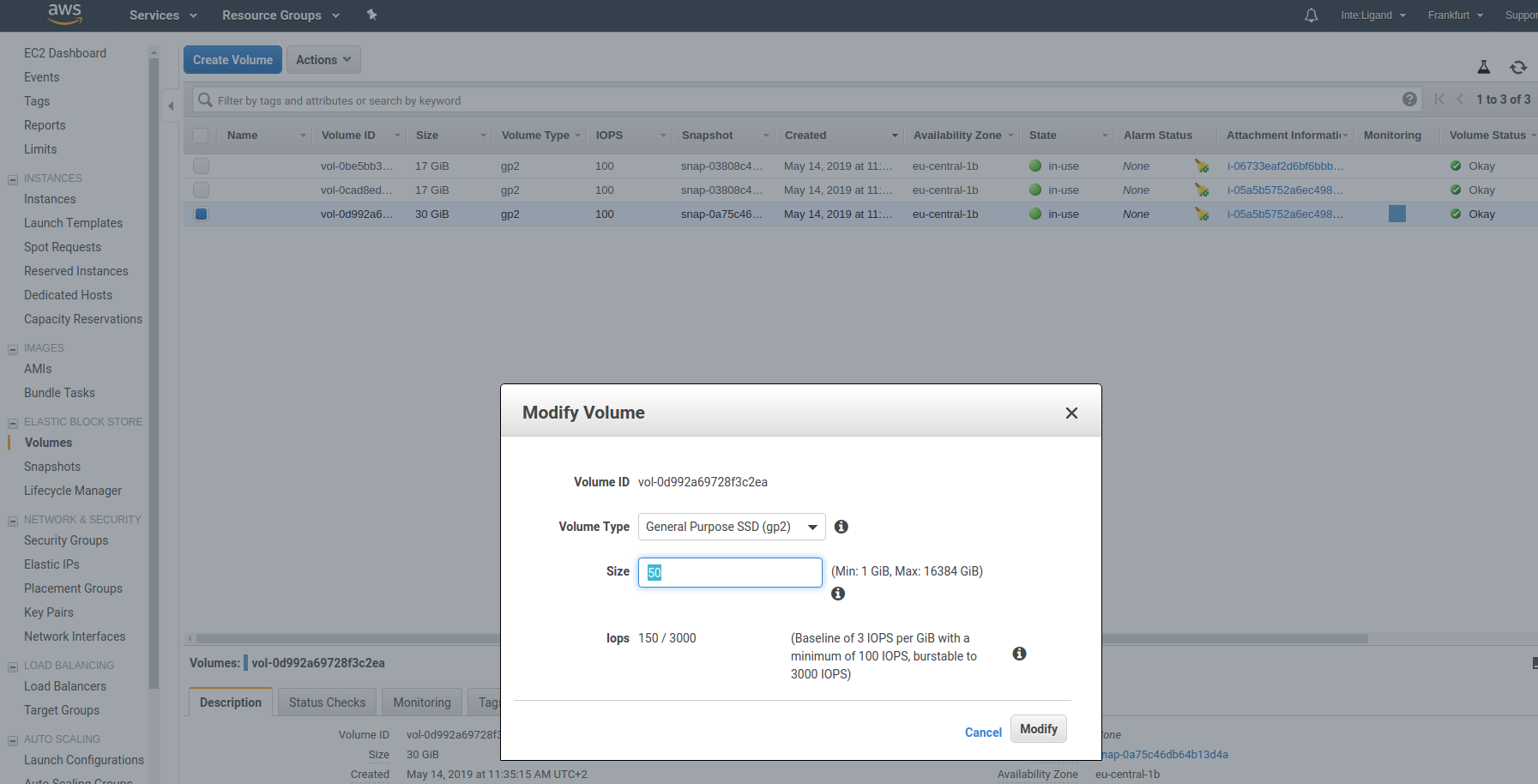Creating an SSH key on Windows 1. Check for existing SSH keys. You should check for existing SSH keys on your local computer. You can use an existing SSH key with Bitbucket Server if you want, in which case you can go straight to either SSH user keys for personal use or SSH access keys for system use. Open a command prompt, and run. When no options are specified, ssh-keygen generates a 2048-bit RSA key pair and queries you for a key name and a passphrase to protect the private key. Public keys are created using the same base name as the private key, with an added.pub extension. The key location is displayed when key generation is complete.
- Ssh Key Generate
- Ssh Key Generation Aix
- Ubuntu Ssh Key Generation
- Ssh Key Generation With Period Date
- Ssh Key Generation With Periodic Table
You generate an SSH key through macOS by using the Terminal application. Once you upload a valid public SSH key, the Triton Compute Service uses SmartLogin to copy the public key to any new SmartMachine you provision.
Joyent recommends RSA keys because the node-manta CLI programs work with RSA keys both locally and with the ssh agent. DSA keys will work only if the private key is on the same system as the CLI, and not password-protected.
About Terminal
Terminal is the terminal emulator which provides a text-based command line interface to the Unix shell of macOS.
To open the macOS Terminal, follow these steps:
- In Finder, choose Utilities from the Applications folder.
- Find Terminal in the Utilities listw.
- Open Terminal.
The Terminal window opens with the commandline prompt displaying the name of your machine and your username.
Generating an SSH key
An SSH key consists of a pair of files. One is the private key, which should never be shared with anyone. The other is the public key. The other file is a public key which allows you to log into the containers and VMs you provision. When you generate the keys, you will use ssh-keygen to store the keys in a safe location so you can bypass the login prompt when connecting to your instances.
To generate SSH keys in macOS, follow these steps:
Enter the following command in the Terminal window.
This starts the key generation process. When you execute this command, the
ssh-keygenutility prompts you to indicate where to store the key.Press the ENTER key to accept the default location. The
ssh-keygenutility prompts you for a passphrase.- Type in a passphrase. You can also hit the ENTER key to accept the default (no passphrase). However, this is not recommended.
You will need to enter the passphrase a second time to continue. /sql-server-2008-r2-key-generator.html.
After you confirm the passphrase, the system generates the key pair.
Your private key is saved to the id_rsa file in the .ssh directory and is used to verify the public key you use belongs to the same Triton Compute Service account.
| Never share your private key with anyone! |
|---|
Your public key is saved to the id_rsa.pub;file and is the key you upload to your Triton Compute Service account. You can save this key to the clipboard by running this:
Importing your SSH key
Now you must import the copied SSH key to the portal.
- After you copy the SSH key to the clipboard, return to your account page.
- Choose to Import Public Key and paste your SSH key into the Public Key field.
- In the Key Name field, provide a name for the key. Note: although providing a key name is optional, it is a best practice for ease of managing multiple SSH keys.
- Add the key. It will now appear in your table of keys under SSH.
Ssh Key Generate
Troubleshooting
You may see a password prompt like this:
This is because:
- You did not enter the correct passphrase.
- The private key on your Macintosh (
id_rsa) does not match the public key stored with your Triton Compute Service account. - The public key was not entered correctly in your Triton account.
What are my next steps?
Right in the portal, you can easily create Docker containers, infrastructure containers, and hardware virtual machines.
In order to use the Terminal to create instances, set up triton and CloudAPI as well as the triton-docker commandline tool.
SSH, the secure shell, is often used to access remote Linux systems. But its authentication mechanism, where a private local key is paired with a public remote key, is used to secure all kinds of online services, from GitHub and Launchpad to Linux running on Microsoft’s Azure cloud.
Ssh Key Generation Aix
Generating these keys from Linux is easy, and thanks to Ubuntu on Windows, you can follow the same process from Windows 10. But even without Ubuntu, SSH keys can also be generated with the free and open source Windows application, PuTTy
Ubuntu Ssh Key Generation
Over the following few steps, we’ll guide you through the process of generating SSH keys using both Ubuntu on Windows and PuTTY.
Requirements
All you need is a PC running Windows 10 and either of the following installed:
- The
puttygen.exeexecutable from PuTTY
Ssh Key Generation With Period Date

Ssh Key Generation With Periodic Table
If you don’t already have Ubuntu on Windows, take a look at our Install Ubuntu on Windows 10 tutorial.
Most Viewed News
- ✔ Free Skyrim Steam Key Generator
- ✔ Generate Ssh Key Windows Putty
- ✔ Generate Recovery Key Windows 10
- ✔ Thomson Default Key Generator Beta Meo Download
- ✔ Idm Serial Number Key Generator
- ✔ Generating Openssh Keys For Windows
- ✔ An Encryption Key Generation And Management Scheme Used By 802.11i
- ✔ None Of The Key Or Diamond Generators Work For Choices
- ✔ Norton 2014 Key Generator Download
- ✔ Pro Webcam Hack Key Generator